How an Air Purifier Can Help Reduce the Risk of Mold Growth
Mold can quickly become a problem in any home, but did you know that an air purifier can help to reduce the risk of mold growth? In this article, we examine the science behind how an air purifier can help with mold and make suggestions for what type of air purifier might be right for your home.
We’ll also discuss some other ways to reduce the risk of mold growth in your home, so you can create a healthier environment for your family. With the right air purifier, you can be sure that your home is free of mold and other airborne contaminants.
Understanding Mold Growth in the Home
Mold can quickly become a problem in any home, but did you know that an air purifier can help to reduce the risk of mold growth? Air purifiers work by circulating the air in a room and capturing airborne particles, including mold spores. This means that the air purifier can help to reduce the amount of mold spores in the air, thus reducing the risk of mold growth. In addition, an air purifier can also help to reduce other airborne contaminants, such as dust and pet dander.
When selecting an air purifier, it is important to choose one that is specifically designed to capture mold spores. Look for an air purifier that has a HEPA filter, as this type of filter will capture the tiniest particles, including mold spores. Additionally, be sure to choose an air purifier with a high Clean Air Delivery Rate (CADR). This will ensure that it is capable of purifying the air in a room quickly and efficiently.
In addition to using an air purifier, there are some other steps you can take to reduce the risk of mold growth in your home. Be sure to keep the humidity levels in your home as low as possible, as this will make it more difficult for mold to grow. Also, regularly clean and vacuum your home to remove any dirt, dust, or mold spores that may have started to accumulate. Finally, address any water damage or leaks that may exist in your home, as this can lead to mold growth.
By understanding the science behind mold growth and selecting the right air purifier, you can reduce the risk of mold growth in your home. Doing so will create a healthier environment for your family and give you peace of mind.
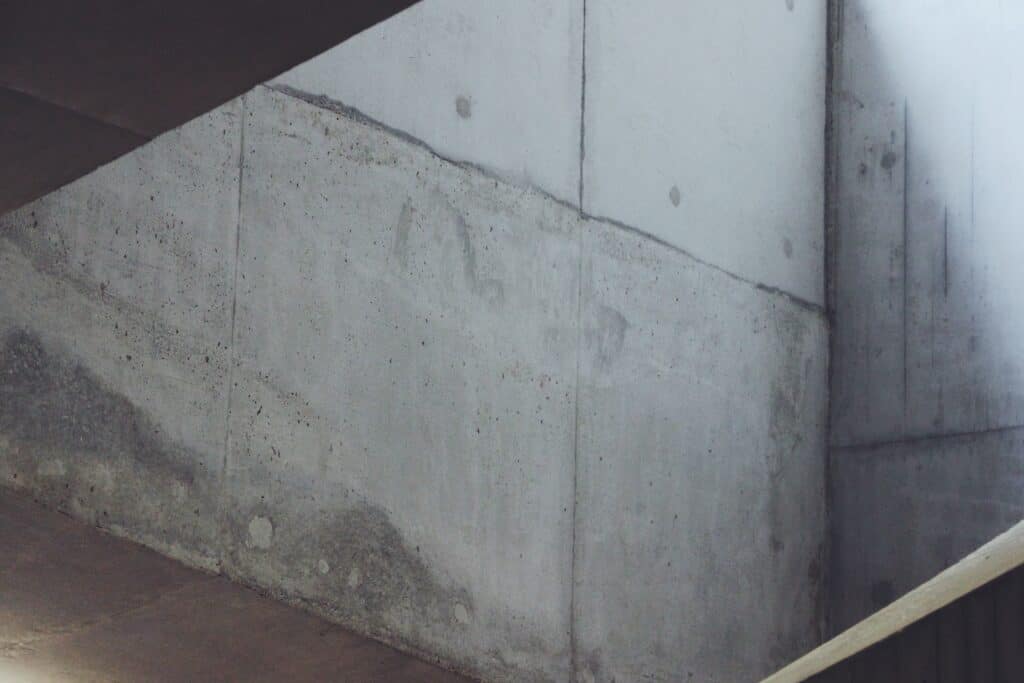
How Air Purifiers Help Reduce Mold Risk
An air purifier can help reduce the risk of mold growth in your home. This is because air purifiers use filters to remove mold spores, pollen, dust mites and other allergens from the air. The filters capture these particles and prevent them from circulating in your home and creating a breeding ground for mold. An air purifier can also help to control and reduce humidity levels, which is a major factor in mold growth. By keeping humidity levels low, you can reduce the risk of mold developing and growing in your home.
If you’re looking for an air purifier that can help reduce the risk of mold, look for one with a high-efficiency particulate air (HEPA) filter. HEPA filters are designed to capture 99.97% of airborne particles down to 0.3 microns, eliminating mold spores, dust and other allergens from your air. Additionally, look for an air purifier with an activated carbon filter. This filter helps to absorb odors and pollutants, such as volatile organic compounds (VOCs) which can contribute to mold growth.
In addition to using an air purifier, there are other steps you can take to reduce the risk of mold growth in your home. Make sure to remove any sources of moisture, such as leaky pipes or standing water. Additionally, limit the use of humidifiers, keep doors and windows closed during periods of high humidity, and ensure that your home is properly ventilated. With the right air purifier and other preventative measures, you can create a healthier home free of mold and other airborne contaminants.
Types of Air Purifiers for Mold Reduction
There are several types of air purifiers that can help with mold reduction. The most effective type of air purifier for reducing mold is an HEPA (High Efficiency Particulate Air) filter. HEPA filters are designed to capture and remove small particles, including mold spores, which are often too small to be seen by the naked eye. HEPA filters are able to capture particles as small as 0.3 microns in size and they are extremely effective at trapping and removing mold.
In addition to HEPA air purifiers, ozone-based air purifiers can also reduce the amount of mold in your home. These air purifiers work by producing ozone, a form of oxygen, which can react with mold spores in the air and make it easier for them to be captured by the filters. While ozone-based air purifiers can be effective, they should be used with caution as the ozone can be harmful to humans and pets.
Finally, there are air purifiers that use UV light to reduce mold. These air purifiers work by emitting strong ultraviolet (UV) light, which can damage the DNA of mold spores and prevent them from reproducing. However, these air purifiers require more complex installation and maintenance, and they must be placed correctly in order to be effective.
Other Ways to Reduce Mold Risk
Mold can be a major problem in any home, and reducing the risk of mold growth is essential for creating a healthier home environment. One way to reduce the risk of mold growth is to use an air purifier.
In addition to using an air purifier, there are several other ways to reduce the risk of mold growth in the home. One of the simplest measures is to improve ventilation in the home. Poor ventilation can cause excess moisture to build up in the air, which is a major cause of mold growth.
Additionally, it is important to keep your home dry and clean, and to fix any leaks in the home or in the plumbing. This can help to reduce the amount of excess moisture in the home and create an environment that is less conducive to mold growth.
Finally, it is important to keep a close eye on areas of your home that are prone to mold growth, such as bathrooms and kitchens, and clean them regularly to remove any mold spores that have built up.
By using an air purifier and following the steps outlined above, you can greatly reduce the risk of mold growth in your home and create a healthier environment for your family.
Choosing the Right Air Purifier for Your Home
Air purifiers are a great way to reduce the risk of mold growth in your home. This is because air purifiers filter out mold spores, dust, and other particles from the air. Mold spores can quickly become a problem in any home, but with an air purifier, you can be sure that your home is free of these contaminants. There are several types of air purifiers available, such as HEPA filters, activated carbon filters, and UV light purifiers.
HEPA filters are the most effective type of air purifier, as they are able to remove up to 99.97% of particles in the air, including mold spores. Activated carbon filters are also effective at trapping mold spores, as well as other contaminants like smoke and odors. U
V light purifiers are able to kill mold spores, as well as other microorganisms in the air. When choosing an air purifier, it is important to consider the size of your home, as well as the amount of traffic in the home. It is also important to check the filter on the purifier regularly to ensure that it is still effective.
In addition to using an air purifier, there are several other ways to reduce the risk of mold growth in your home. For example, you should regularly clean and dry areas that tend to stay damp, such as the bathroom or kitchen.
You should also make sure to keep the humidity levels in your home low, as mold thrives in humid environments. By following these tips, you can create a healthier environment for your family and reduce the risk of mold growth in your home.
Maintaining Your Air Purifier to Maximize Benefits
Maintaining your air purifier is the key to maximizing its benefits. You should be sure to replace the air filter regularly, as a clogged air filter can prevent the air purifier from working properly. This can decrease the air purifier’s effectiveness in reducing mold and other airborne contaminants.
Additionally, you should ensure that the purifier is placed in a location that can maximize its effectiveness, such as near doors and windows or in a room that receives high levels of traffic.
Another way to maximize the benefits of your air purifier is to keep your home clean and free of dust and other sources of mold. Vacuuming and dusting regularly can help to reduce the number of spores and mold particles that can be found in the air. Additionally, if you see any visible signs of mold or mildew, it’s important to take action as soon as possible in order to reduce the risk of it spreading.
Finally, be sure to address any water leaks or other sources of moisture that can lead to mold growth. Taking these simple steps can help you to create an environment that is free of mold and other unhealthy contaminants.
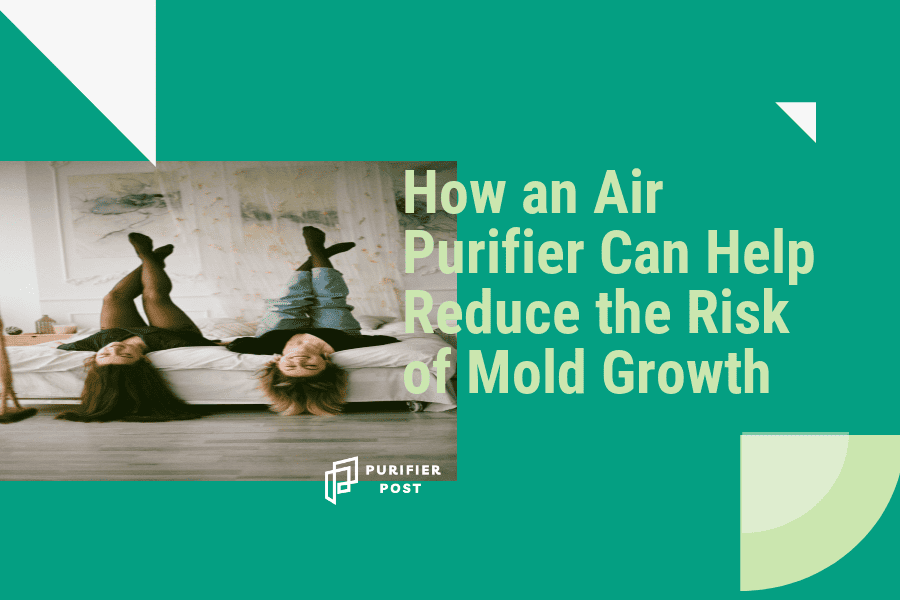

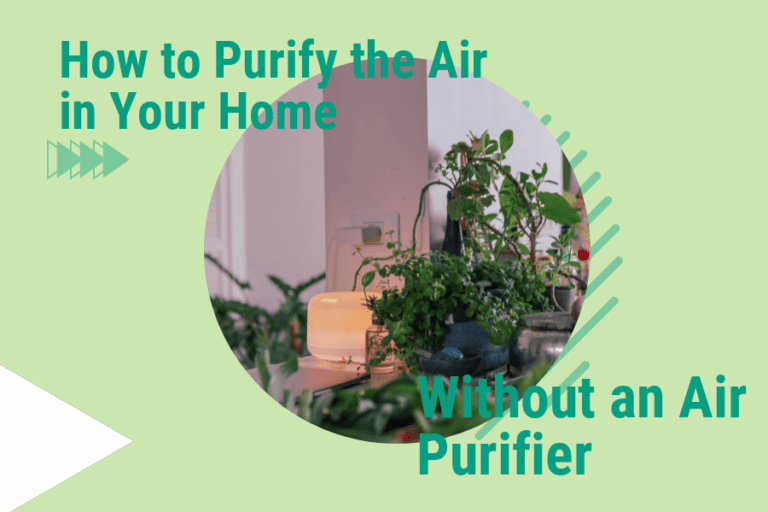
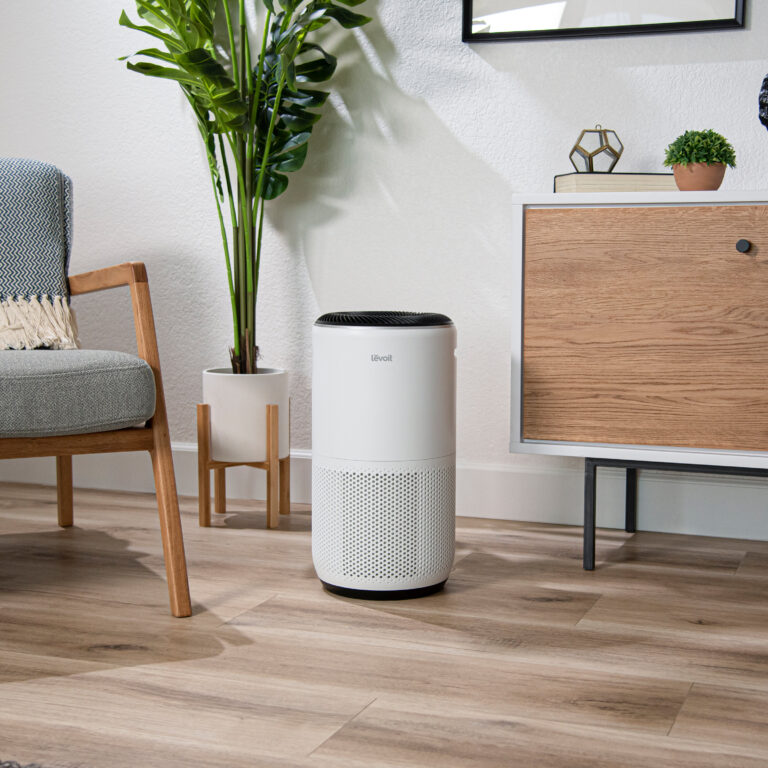
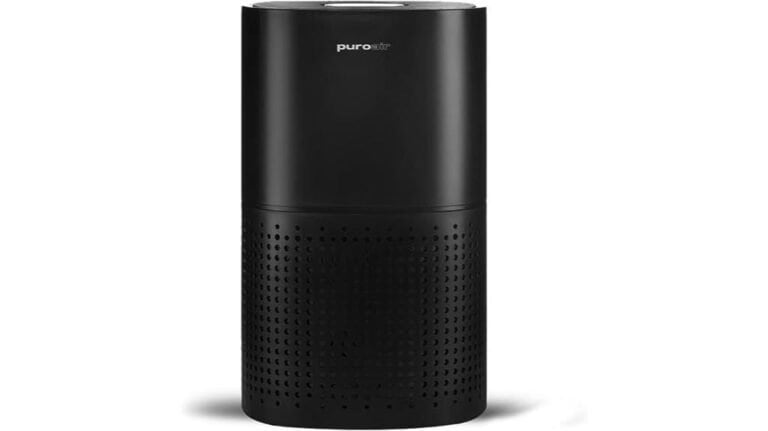
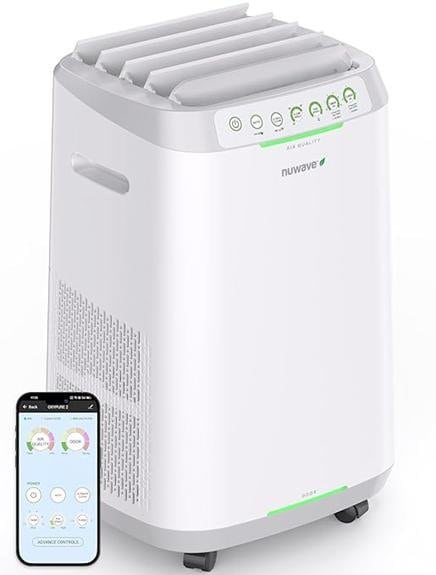
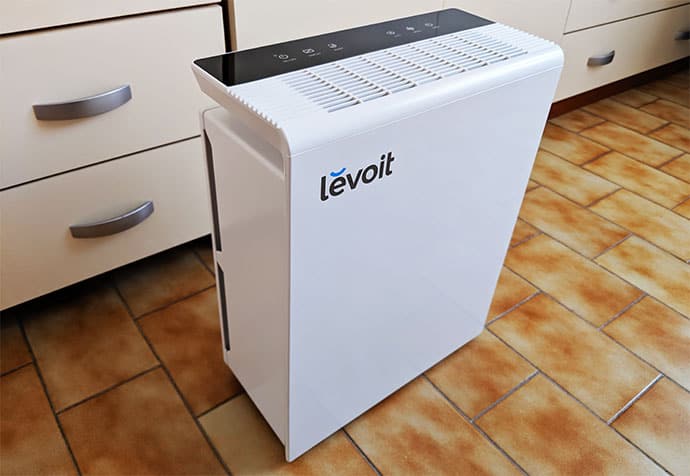
2 Comments